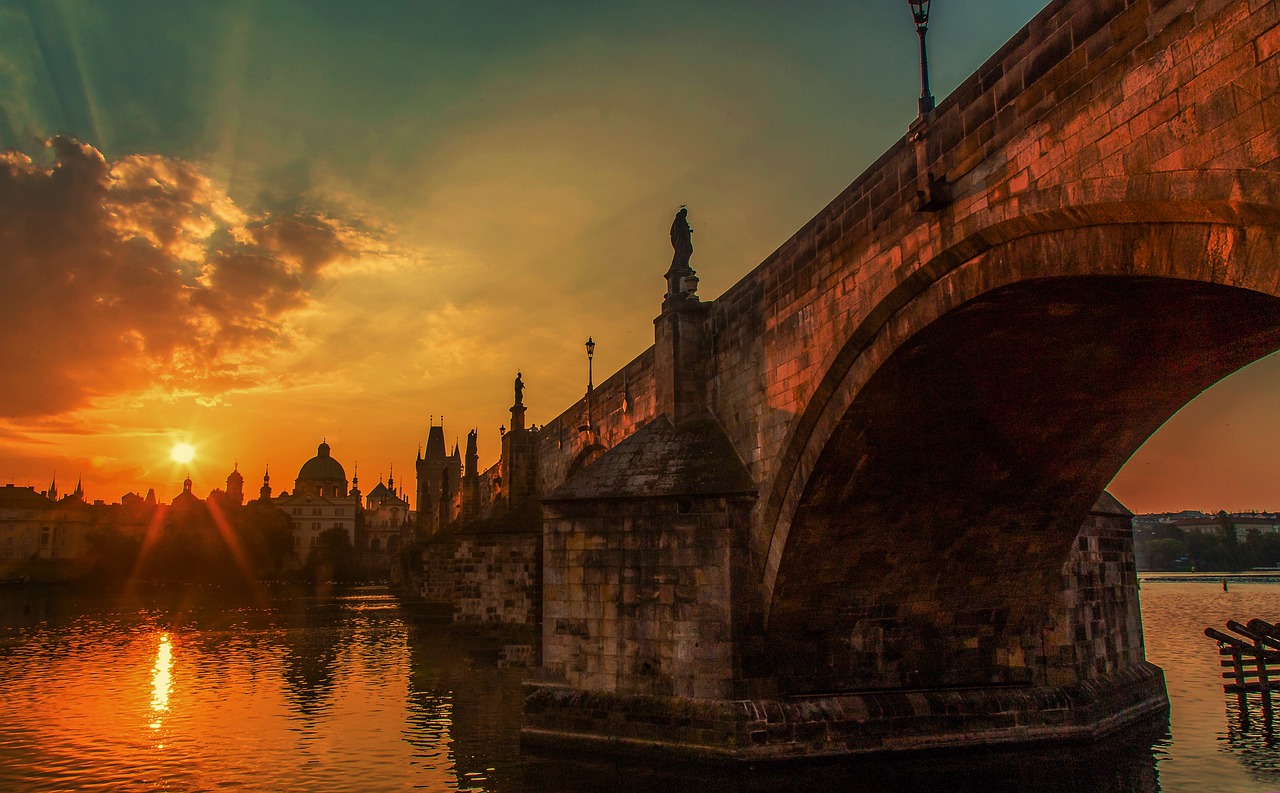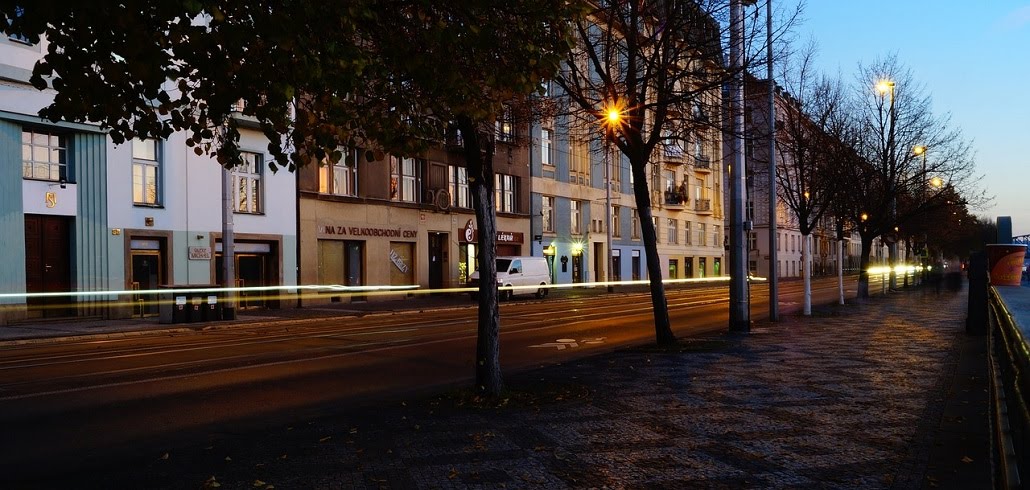Time Out: Prague – Beautiful Inside and Out

A study conducted by Time Out magazine set out to determine the best city in the world. In the study, 27,000 people from various cities around the globe were asked to rate their hometowns in different categories. In Prague, 83% of survey participants described the city as “particularly beautiful” in terms of both artificial (architectural) and natural (parks and urban landscapes) beauty, officially making it the most beautiful city in the world. The survey also ranked Prague 2nd in the atmosphere category and 7th overall. This study joins previous studies that ranked the city and its neighborhoods highly in various categories.
For example (partial list only):
- In 2020, a Time Out magazine survey selected the Holešovice neighborhood as one of the 20 coolest neighborhoods in the world, thanks to its local culture, food, entertainment, entrepreneurial community spirit, green spaces, and more. The neighborhood is considered the art capital of Prague, and Time Out isn’t alone—other surveys by The Guardian and The Independent also ranked it highly (10th and 15th respectively in Europe).
- In 2018, a survey by TravelBird found that Prague is the “greenest” city in the world. The survey, which examined 50 cities, found that Prague had the highest percentage of green areas (more than 56%), both artificial (man-made) and natural (forests, nature reserves, parks, public gardens, farms, and even golf courses). For comparison, Madrid ranked second with only about 45% green areas.
- A study from the same year also found that Prague is one of the world’s most popular conference destinations, especially during spring and autumn. In 2017, over 4,000 conferences were held there, with about half a million participants from around the world, including more than 50 conferences that each hosted over 1,000 attendees. In the information age, conferences are a vital way to exchange knowledge, particularly in science, technology, and academia.
A 2017 study by Eurostat examining more than 2,400 services and consumer products concluded that the cost of living in the Czech Republic is lower than the European average—sometimes by as much as 70%. In every category examined, prices in the Czech Republic were lower than the European average, often significantly so, including food, beverages, furniture, tobacco, fuel, clothing, electronics, footwear, and household appliances. In some cases, the Czech Republic was even the cheapest country, such as in electronics, restaurants, hotels, transport, and transportation equipment.
In 2018, the unemployment rate in the country reached a 20-year low of just 2.9%. This means there were 10 open jobs for every job seeker, totaling 300,000 open positions—about a quarter of which (around 70,000) required no prior experience. In fact, finding a job in the Czech Republic has never been easier, and as a result, the economy is booming—even COVID-19 didn’t slow it down (for example, real estate prices in Prague rose by 8% in the first half of 2020). In Prague itself, the unemployment rate is close to zero.
It’s no wonder that the Czech economy ranks among the world’s 10 most stable economies, with its credit rating steadily rising. The International Monetary Fund believes that within five years, the Czech economy will surpass those of Japan and New Zealand, reaching 25th place globally in GDP per capita. Once again, the COVID-19 pandemic is not expected to harm this outlook, making investment in the Czech Republic—and especially Prague—not only safe but also wise.
The impact of COVID-19 on Prague and the Czech Republic?
It appears that the COVID-19 crisis has not affected property values in Prague—on the contrary, prices have continued to rise. In the past year alone, property values increased by approximately 7.5%. We will elaborate further in one of our upcoming articles.





